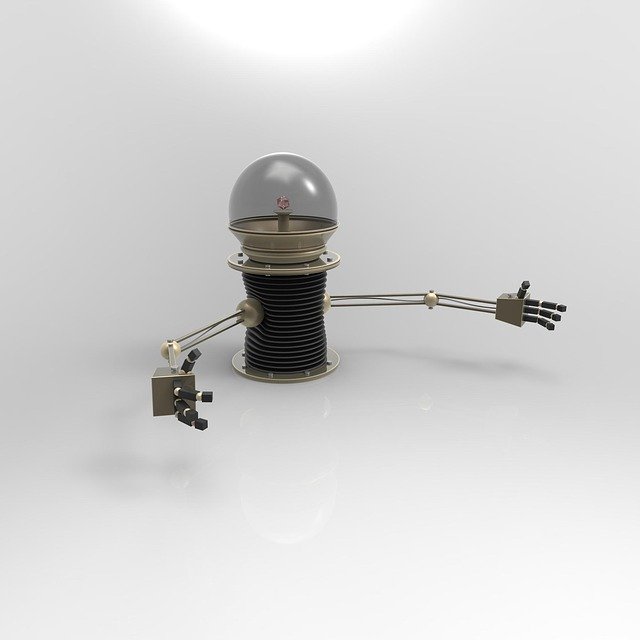Technology is one of the most important subjects to learn for kids, especially considering how the world is becoming more dependent on technological advancements. Nevertheless, the school system fails to get the children interested in this particular field.
Could introducing robotics to kids change this?
The study of robotics entails a digital technology curriculum that is up to date with the lowest university sector teachings. Nevertheless, while the whole world is leaning on introducing robotics classes for kids in the school curriculum, in India, enough steps are not being taken to ensure a bright future for children.
What is Robotics?
Robotics is the study of robots. A robot is a machine fed with information to perform a particular task or a group of tasks. Robots can speak, perceive their environment, and perform a specific task (such as walking or picking up and dropping objects) based on their coding. The study of how to build a robot and make it perform tasks is what robotics is essentially.
Why Should Robotics be Taught in Schools?
There is considerable evidence that children perform well when they are exposed to subjects involving robotics and programming.
Learning about robots and coding makes children creative and expands their vision to solidify their career path. Here are five reasons why robotics should be introduced for children in school:
It is a fun way to learn new things
It can be challenging to teach kids new things, especially if the subject matter is complicated. With robotics, however, kids get a chance to interact and create according to their own instincts. For instance, when kids build a robot from their own Lego set and participate in a Lego race, it brings up a positive attitude and a sense of fulfillment in them.
Computer game design and robotics are two of the most exciting ways to introduce technology to children.
An effective introduction to programming
There is a wide range of programming, and it isn’t easy to get the kids started with the basics of coding. Robotics allows them to control a physical robot and ascertain how it works, what it can and can’t do. This helps them understand the importance of proper coding and precise instructions for a machine to work properly.
Besides introducing IT, robotics also covers subjects like science, engineering, and maths in school, which allows kids to understand the connection between these subjects and their functionality in the modern world.

Provides useful skills for future
This goes without saying that the world is getting increasingly dependent on technology. Undoubtedly, we require able-minded people behind the innovation for such technology that can run the world.
Robotics is the first step towards becoming an innovator. When kids are introduced to complex technology in a comprehensible manner during their early years, they tend to understand the mechanism behind the machines and the programming that went into those machines. This helps them choose a career that is most suitable for them so they can apply the skills they have learned in the real world.
Suitable for children with a range of abilities
According to a Yale study, robotics is especially compatible with children who are on the autism spectrum. They tend to respond well to calm, clear, and consistent interactions that robots provide.
Many projects are particularly developed to help autistic children. Since robots are predictable, repetitive, and orderly, children with autism work well with them.
Clarifies a complex technology
There is a sense of fear in our society for machines that stems from our inability to understand robots. Pop culture and media have us believe that there will be an uprising someday where the robots will take over the world. This is not a particularly effective approach to understand robots, especially for kids.
Once kids are introduced to the basics of robotics and understand that machines run according to the commands given to them by us, the mystery of killer robots alleviates.
Moreover, when kids build and program robots, it gives them an appreciation for their own capabilities.
